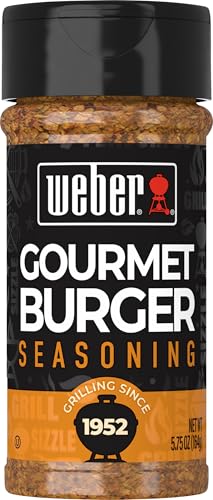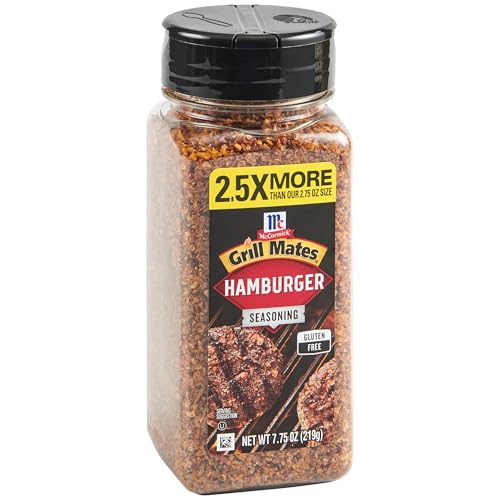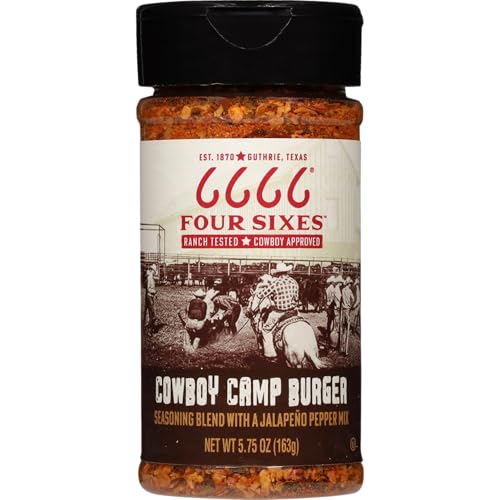Key Takeaways
- Engaging Visuals: Burgers in commercials utilize vibrant colors and enticing visuals to capture attention and provoke cravings, effectively making viewers want to taste the advertised product.
- Evolution of Advertising: Burger ads have significantly changed from simple illustrations in the 1930s to elaborate storytelling in recent years, reflecting consumer preferences and cultural trends.
- Cultural Impact: Burgers symbolize more than just food in advertisements; they embody cultural values and shared experiences, influencing consumer behavior and encouraging emotional connections.
- Techniques and Strategies: Innovative techniques like close-ups and celebrity endorsements enhance the appeal of burgers in commercials, making them more relatable and exciting to audiences.
- Shifts in Consumer Preferences: Modern burger advertising highlights health-conscious and gourmet options, showing the industry’s adaptability to changing societal values, such as sustainability and ethical eating.
- Inspiration for Creativity: These commercials serve as a source of inspiration for culinary creativity, prompting both chefs and home cooks to explore unique flavors and combinations in their own burger creations.
There’s something undeniably captivating about burgers in commercials. From sizzling patties to mouthwatering toppings, these ads have a way of making our stomachs growl and our cravings soar. I often find myself reminiscing about those iconic moments that shaped our love for fast food, and how these clever marketing strategies turned simple ingredients into cultural phenomena.
Overview of Burgers in Commercials
Burgers in commercials capture attention with their mouthwatering visuals and engaging narratives. Advertisements showcase juicy patties, fresh toppings, and perfectly toasted buns, often making viewers crave the deliciousness on screen. These enticing portrayals illustrate not just the burger but an experience that resonates with many.
I remember my time in the burger joint, where I learned that presentation plays a key role. A well-staged burger can transform a simple meal into an unforgettable culinary delight. Iconic ads instigated my creativity, pushing me to experiment with flavors and styles. Each campaign tells a unique story, often using humor or nostalgia to connect with the audience.
The history of burger commercials reveals how they’ve evolved alongside consumer preferences and culinary trends. From classic fast-food joints to gourmet burger brands, ads have adopted a range of innovative techniques. Using vibrant colors, appealing textures, and diverse ingredients highlights the burger’s versatility.
Techniques like close-ups, slow-motion shots, and vibrant backgrounds enhance the burger’s appeal, making viewers feel like they can almost taste that juicy bite. Commercials frequently emphasize freshness and quality, featuring farm-to-table ingredients or artisanal methods that inspire aspiring chefs like me.
This world of burger advertising creates a cultural icon, inviting both burger lovers and novices to dive into diverse flavors. Each advertisement provides a template for inspiration, urging me to explore my own unique burger creations. When I share these culinary adventures with friends and family, I reflect on the impact of those commercials—turning simple meals into celebrations of creativity and flavor.
The Evolution of Burger Advertising
Burger advertising has transformed significantly over the years, reflecting changing consumer tastes and innovative marketing strategies. From simple print ads to visually stunning commercials, these promotions embody the essence of what makes burgers special.
Early Advertisements
Early advertisements focused on the basic appeal of burgers. In the 1930s, print ads showcased hamburgers with bold headlines and straightforward imagery. Advertisers emphasized convenience and affordability, targeting families seeking quick meal options. Simple illustrations featured juicy patties topped with lettuce and tomato, drawing attention to the simplicity and satisfaction of the burger.
Iconic Campaigns Through the Decades
Iconic campaigns have defined burger advertising, each era marking a shift in viewer engagement. In the 1960s, fast-food chains launched memorable jingles and mascots, making burgers a staple in American culture. For instance, the introduction of characters like Ronald McDonald cemented the emotional connection between burgers and family fun.
The 1980s saw the rise of visually captivating commercials. Techniques like close-ups and vibrant colors brought burgers to life, showcasing melty cheese, crispy bacon, and fresh toppings. Ads became stories, often featuring relatable scenarios that resonated with viewers.
More recently, brands emphasize health and gourmet elements. The focus shifts to premium ingredients and unique flavor combinations, appealing to a more adventurous audience. This evolution demonstrates how burger advertising adapts to reflect trends while maintaining a love for this beloved food.
The Impact of Visuals in Burger Ads
Visuals play a critical role in the success of burger ads. The right images grab attention, provoke cravings, and can even influence purchasing decisions. When I see those mouthwatering shots of burgers, my creative juices start flowing, and I’m inspired to whip up something unique in my kitchen.
Color and Design Choices
Colorful, vibrant visuals draw the eye. Ads that emphasize lush greens, rich reds, and golden browns highlight the freshness and quality of ingredients. When creating my burgers, I focus on a palette that excites—the bright green of avocados or the fiery red of jalapeños makes the burger pop. In burger commercials, well-chosen colors can evoke feelings of indulgence and satisfaction, creating a connection that compels viewers to try that mouthwatering creation.
The Role of Celebrity Endorsements
Celebrity endorsements add a unique flair to burger advertisements. When a well-known face boasts about a burger, it builds credibility and excitement. I often think about how a celebrity chef or a favorite actor can elevate a burger’s status just by enjoying it on screen. This tactic not only attracts fans but also invites curiosity. My friends and family often get excited to taste the latest burger I’ve created, especially if they know it’s inspired by someone they admire. Those endorsements showcase the fun and flavorful possibilities of burgers, encouraging everyone to experiment with new styles and flavors in their own kitchens.
Cultural Significance of Burgers in Advertising
Burgers hold a special place in advertising, reflecting more than just a meal—they symbolize cultural values and collective experiences.
Influencing Consumer Behavior
Burgers in commercials significantly influence consumer choices. I recall the countless times I’ve watched a well-crafted ad, mouthwatering visuals and all, that made me crave a specific burger. The sizzling sound of patties on the grill or the vibrant colors of fresh toppings can stir cravings, leading to spontaneous visits to local burger joints. These ads don’t just sell food; they craft a narrative that connects emotionally, inviting viewers to experience joy and comfort through each bite. Effective marketing strategies, such as highlighting unique ingredients and flavor combinations, can spark curiosity and prompt me or others to try new burger styles, push culinary boundaries, and innovate in the kitchen.
Reflecting Societal Trends
Burgers in commercials also capture evolving societal values. When I think back to classic ads, they often showcased simplicity and affordability, perfectly aligning with post-war American culture. Fast forward to today, and adverts reflect changing preferences like health consciousness and gourmet options. The trend towards plant-based burgers and locally sourced ingredients highlights a societal shift towards sustainability and ethical eating. I love how these advertisements embrace such trends, encouraging the exploration of diverse flavors and catering to a broader audience. This adaptability fosters creativity in burger making, inspiring me to create unique combinations that cater to evolving tastes while celebrating the essence of a good burger.
Conclusion
The journey of burgers in commercials is truly fascinating. Watching how these ads have evolved over the years shows just how much they reflect our changing tastes and cultural values. From simple images to mouthwatering visuals that tell a story, it’s clear that burgers have carved out a special place in our hearts and on our screens.
As I think about the next time I see a burger ad, I can’t help but feel inspired to try something new in my own kitchen. Whether it’s experimenting with flavors or simply enjoying a classic, the influence of these commercials encourages us all to celebrate the joy of a good burger.



![Water Flosser [ Mini Cordless Portable ] Oral Irrigator Water](https://m.media-amazon.com/images/I/7123R4ByqcL._SL500_.jpg)







